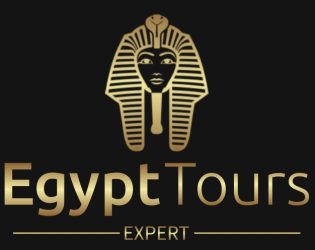
The pantheon of ancient Egyptian deities is as diverse and intricate as the civilization itself. With a myriad of gods and goddesses, each associated with specific attributes and responsibilities, ancient Egyptians’ spiritual beliefs were deeply woven into every aspect of their lives. In this comprehensive guide, we unveil the top 100 ancient Egyptian gods and goddesses, shedding light on their names, roles, and captivating facts that give us insight into the rich tapestry of their culture and mythology.
1. Ra (Re)
- Name: Ra, also known as Re, was the sun god and one of the most significant deities.
- Role: He was believed to be the creator of all life and the ruler of the cosmos.
- Fascinating Fact: Ra was often depicted with the head of a falcon and a solar disk on his head, symbolizing the sun.
2. Isis
- Name: Isis, known as “Aset” in ancient Egyptian, was a powerful goddess of magic and motherhood.
- Role: She was revered as a protective goddess and the epitome of maternal devotion.
- Fascinating Fact: Isis played a pivotal role in the myth of Osiris, her husband, and his resurrection.
3. Osiris
- Name: Osiris, “Asir” in Egyptian, was the god of the afterlife and rebirth.
- Role: He presided over the judgment of souls in the afterlife and symbolized the cycle of death and rebirth.
- Fascinating Fact: Osiris was often depicted as a mummified figure, symbolizing his role as ruler of the underworld.
4. Anubis
- Name: Anubis, “Anpu” in Egyptian, was the jackal-headed god associated with mummification and the afterlife.
- Role: He guided souls through the journey of the afterlife and weighed their hearts against the feather of truth.
- Fascinating Fact: Anubis’s role was crucial in ensuring a successful transition to the afterlife.
5. Hathor
- Name: Hathor, “Hwt-Hr” in Egyptian, was a goddess of love, music, and motherhood.
- Role: She was often depicted as a cow or with cow-like attributes, symbolizing nourishment and maternal care.
- Fascinating Fact: Hathor was also associated with the afterlife, aiding deceased souls on their journey.
6. Thoth
- Name: Thoth, also known as “Djehuty,” was the god of wisdom, writing, and magic.
- Role: He played a crucial role in maintaining cosmic order and was the patron of scribes.
- Fascinating Fact: Thoth was depicted with the head of an ibis or as a baboon, symbolizing his connection to knowledge and lunar cycles.
7. Horus
- Name: Horus, “Heru” in Egyptian, was a falcon-headed god associated with kingship and protection.
- Role: He was considered the divine protector of the pharaoh and the embodiment of divine kingship.
- Fascinating Fact: The conflict between Horus and Seth was a central theme in Egyptian mythology, symbolizing the struggle for power.
8. Seth
- Name: Seth, also spelled “Set,” was a god associated with chaos, storms, and violence.
- Role: Despite his chaotic nature, Seth was also seen as a protective deity, guarding against threats to the divine order.
- Fascinating Fact: Seth’s battles with other gods were symbolic of cosmic struggles between order and chaos.
9. Bastet
- Name: Bastet, “Bast” in Egyptian, was a feline goddess associated with home, fertility, and protection.
- Role: She was often depicted as a lioness or domestic cat, symbolizing both nurturing and ferocity.
- Fascinating Fact: Bastet’s festival was a joyous celebration with music, dancing, and revelry.
10. Ptah
- Name: Ptah, pronounced “P-tah,” was a creator god associated with craftsmanship and artisans.
- Role: He was revered as a skilled craftsman who shaped the world with his creativity and expertise.
- Fascinating Fact: Ptah was often depicted as a mummy-like figure, emphasizing his role in creation and renewal.

